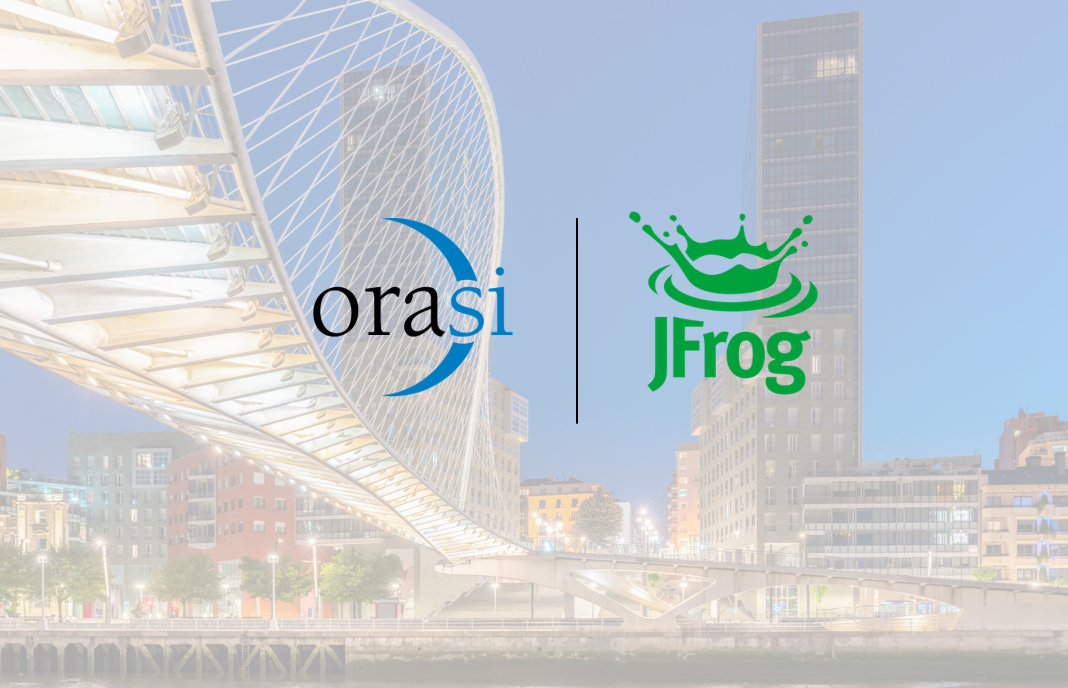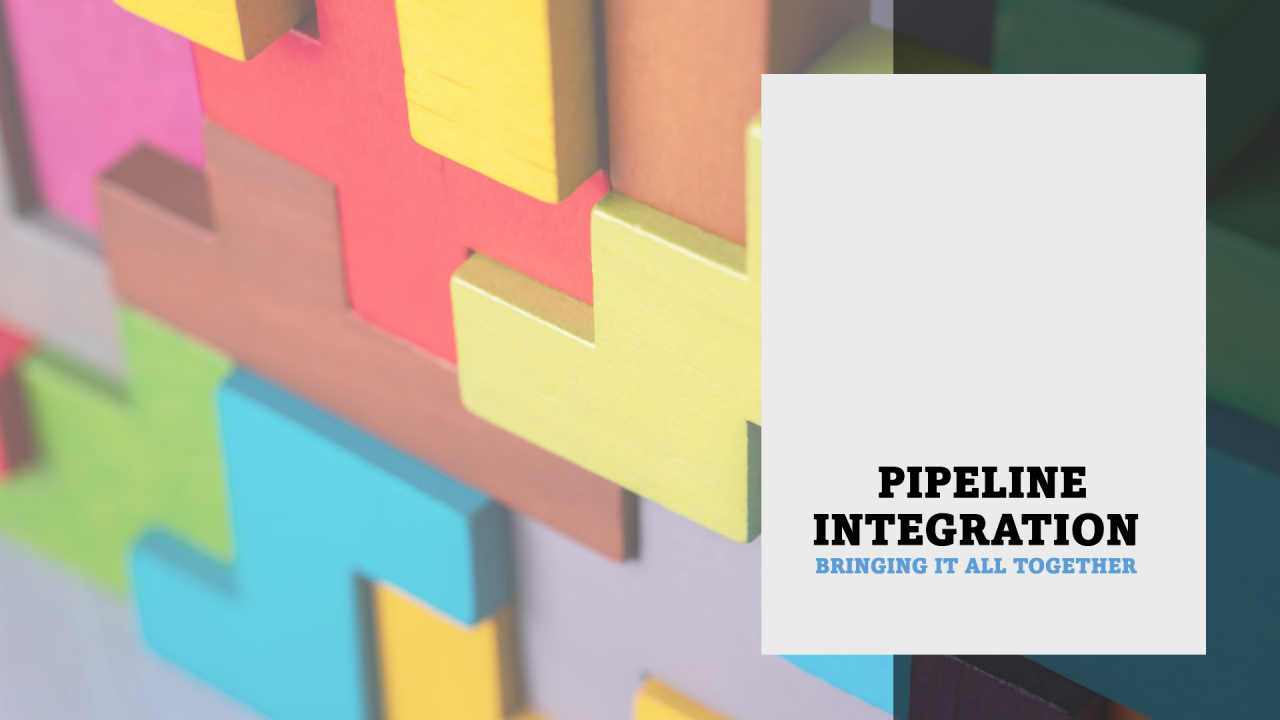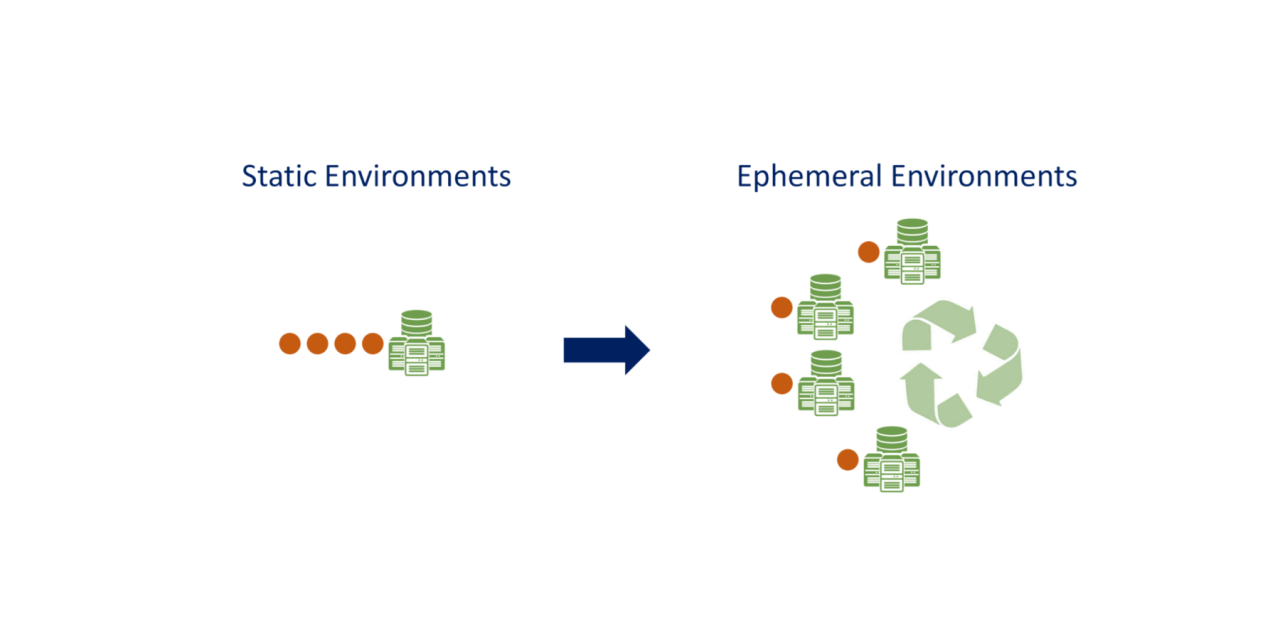By: Jim Azar, Sr. Vice President, CTO
When you hear the word ‘software development model’, chances are you think of ‘SDLC’ first. Yes, SDLC or Software Development Life Cycle is how most people understand and visualize application development. But this domain is more diverse and complex than that.
SDLC is composed of a series of phases that contribute to any software’s development. It starts with user-requirement gathering. It moves to necessary coding where requirements are converted into application features. It goes to other critical areas of application development – like testing the code, removal of bugs, and checking for user-friendliness.
When everything goes to plan for the overall project and the timeline, an application gets ready for deployment. However, this approach can lead to many complications. It’s easy to have a fragmented approach to applications when they’re made in SDLC formats. Also, project delays, a mismatch with user requirements, and quality issues creep in while using SDLC for an application. What are the alternatives then?
Various software development models
The industry has been witnessing many other forms and mindsets of application development. Some key software development models that have embraced mainstream interest are as follows:
- Waterfall Model
- Iterative Model
- V-shaped Model
- Prototyping
- SDM or Spiral Development Method
- Agile Development Methodology and Scrums
- CI/CD: Continuous Integration and Continuous Development
- DevOps
- RUP or Rational Unified Process
You may wonder if, and why, would one need so many software development models. Every model has a unique benefit and context that may apply to a particular scenario. For instance,
- The Waterfall model is strictly sequential and flows down from the first stage to the last one. The next phase cannot start until the previous phase is completed.
- An Iterative development, in contrast, would be parallel and will use simultaneous roles of many phases. In this model, cyclic iterations keep happening between planning and deployment of an application.
- A V-shaped model has the same sequence as a Waterfall model, but the process steps are bent upwards – from implementation to testing to maintenance. They can align with the respective phases active before for any sync-in or correction. It’s suitable for projects where early test planning is essential.
- Prototyping is where incomplete versions of the application are created so that visualization and simulation can help to identify gaps in advance.
- The Spiral development method combines Waterfall and Prototyping in varying proportions, as per the project’s needs.
- Agile developments hinge strongly on cross-functional development where iterative and incremental approaches play out together.
- CI/CD is where the practices of continuous integration and development are merged for making the development cycle faster, more frequent, and value-oriented. Here, the use of ongoing automation and continuous monitoring is injected across the many stages of the software lifecycle. Developers can merge the changes any number of times, any time of the day and when they do so, the merge creates an automated code-build and test sequence. The code is always in a deployable state and the tenets of test-driven development are strongly followed here.
- DevOps breaks the distance between coding and operations parts of any application development.
- The RUP model combines linear and iterative frameworks. It divides the software development process into inception, elaboration, construction, and transition.
How to choose what’s right for you?
If you have a project where requirements are rigid, you need to lean towards some tight-protocol software development models. If any flux can cause problems or misalignment with the real-usage scenario, then the waterfall method is well suited. Applications that need a structured functionality would prefer this to agile methodologies.
But in case of a cloud-based application where requirements consistently change, that might not work. For these continuous scale-in and scale-out needs, the application should be developed in a Continuous Integration and Continuous Development (CI/CD) environment. Similarly, when the application cannot afford even the minutest flaws or where customer needs are dynamic or where mission-critical security is needed, then Iterative development works best.
While choosing any software development model for developing a software product or application, you should be considering various factors including
- Does the model fit your culture?
- Would it work for the customer’s needs and application goals?
- Will it be apt for your resources, budgets, and project boundaries?
- Do you have the required skill sets and developers for applying this model?
- Will it be expensive or cost-effective in the long run?
This may not be a straightforward choice and can often be overwhelming. With so many options in the market, the industry continues to evolve by embracing new trends at a fast pace.
To confidently deal with the challenges in choosing the right software development model, it is better to opt for professional help. Partners with versatile-vertical experience and right project-mapping expertise can help you choose the right model and guide implementation.



